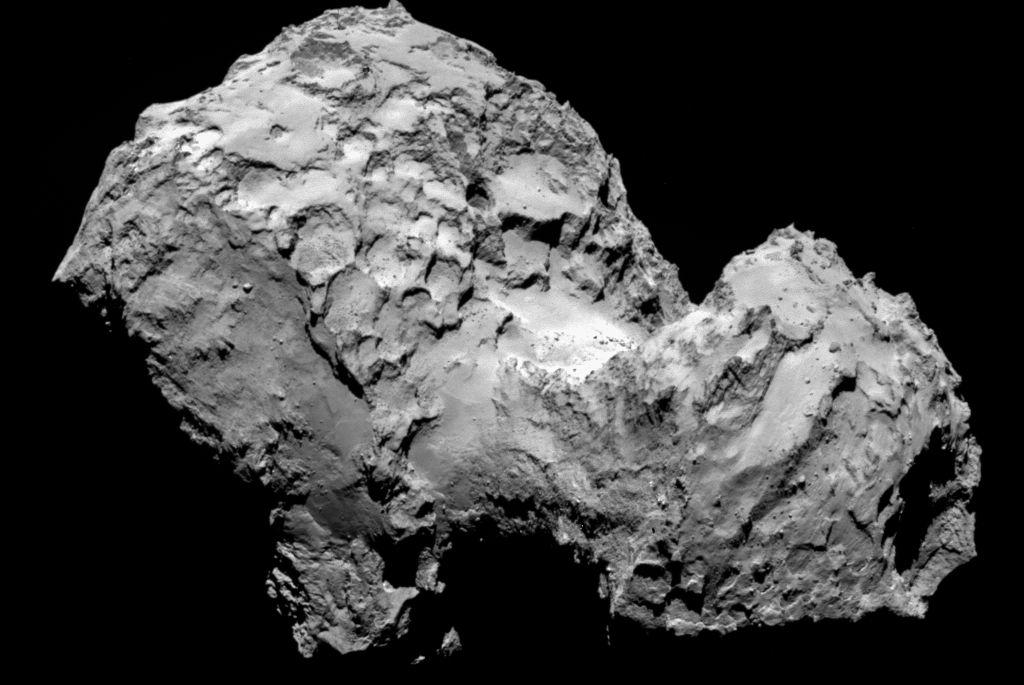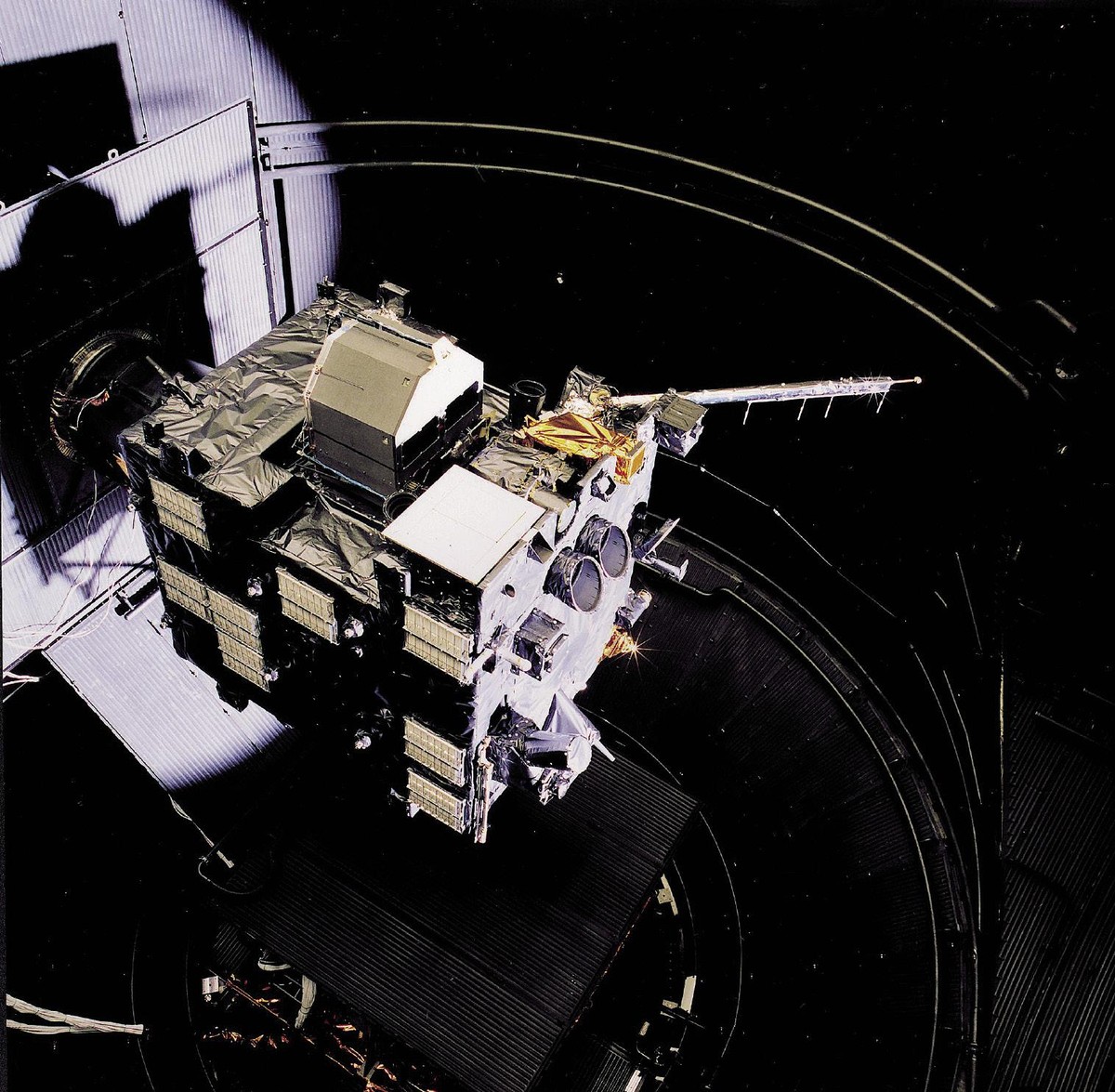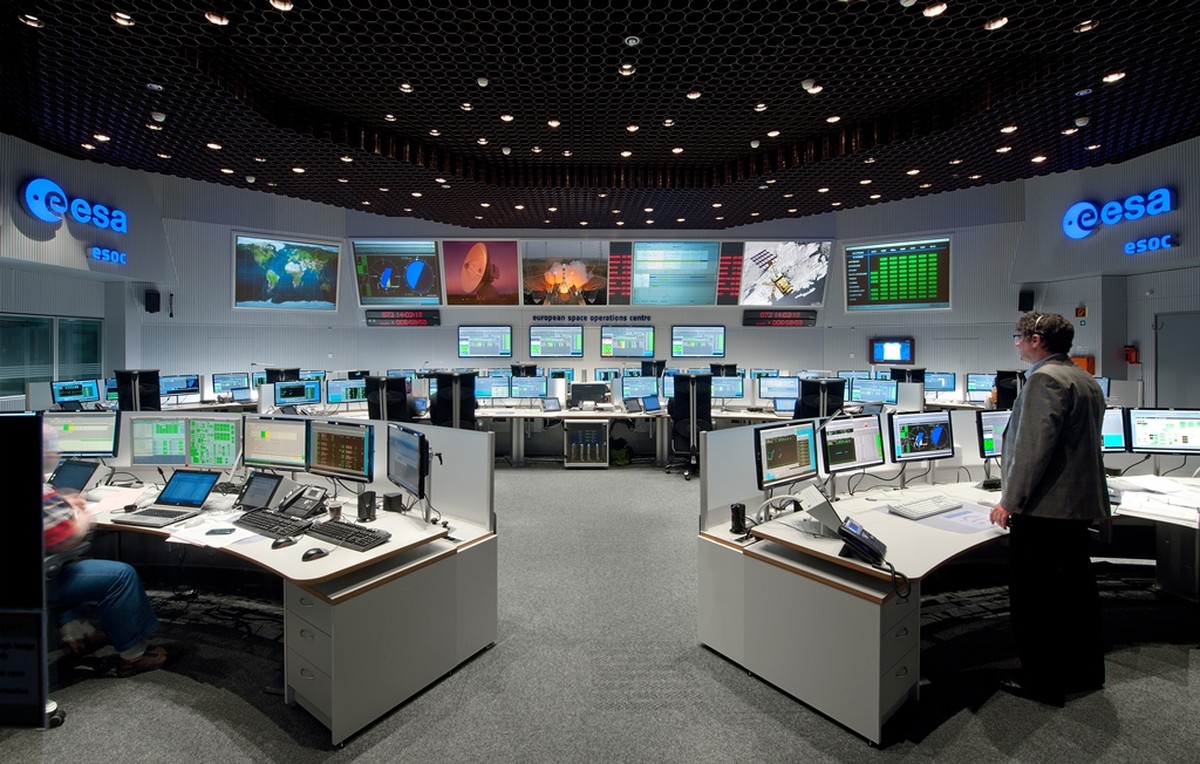Rosetta has reached the spotlight
2014/08/06 Etxebeste Aduriz, Egoitz - Elhuyar Zientzia Iturria: Elhuyar aldizkaria

After ten years and a journey of 6.4 billion kilometers, today comes to its destination the Rosetta probe of the European Space Agency. It is already in orbit around comet 67P/Churyumov-Gerasimen, about 100 km from the surface. “The Rosetta of Europe is the first spacecraft in history to reach a comet; it is a great step to explore our origin,” said Jean-Jacques, Managing Director of ESA. Now little by little it is getting closer to the comet and if everything goes well, in November the Philae module that leads Rosetta will land in comet.
In 2004 he left the Land of Rosetta with the objective of comet 67P/Churyumov-Gerasín. On the way he has received the help of the force of gravity of the Earth on three occasions and of Mars on one occasion. And he met the asteroids Steins and Lutecia and took pictures of them. He also spent two and a half years in Lozorroa, and last January he woke up and looked for the comet again.
In the following video you can see a summary of Rosetta's trajectory:
In recent weeks, as it approaches the comet, the probe has sent new images and data. On 11 July the images taken at 17,000 km provoked a surprise and an emotion: the comet was formed by two nuclei stuck together.
Then, between 14,000 and 5,000 km, the temperature was taken. The average temperature of the kite is -70 °C. ESA experts indicated that the distance to the Sun was between 20 and 30 ° C higher than expected. “This is a very interesting fact, as it gives us the first clues about the composition and properties of the comet’s surface,” said Fabrizio Capaccioni in the ESA press release.
Soon we will know much more. The forecast is to approach 50 km for August 24, 30 km for September 10. At this point, the weak gravity of the comet should suffice to keep Rosetta in orbit. However, it will approach until 20 km at the end of September and depending on the activity of the comet, it is possible that in October it is to approach until 10 km. Meanwhile, Rosetta's 11 devices are collecting data and deciding the best place to land the Philae. The grounding is scheduled for November.
The route that Rosetta will follow from today is approximately the following:
Comet 67P/Churyumov-Gerasimen completes its return around the sun in 6.4 years and now approaches the sun. Rosetta will accompany you on this path and, among other things, you can analyze the changes that occur in the commas as you approach the sun. In addition, researchers hope to receive precious information about the creation of the solar system. According to astrophysicists, since the solar system emerged, comets have hardly evolved, so important clues about this process may be preserved.
Chronology:
--> ESA will not release Rosetta for the moment
--> Rosetta's second objective
--> With the intention of 'Commit'
--> Rosetta: letarized ready to return to goal
--> The aim of miso Rosetta is a double core kite

Gai honi buruzko eduki gehiago
Elhuyarrek garatutako teknologia





